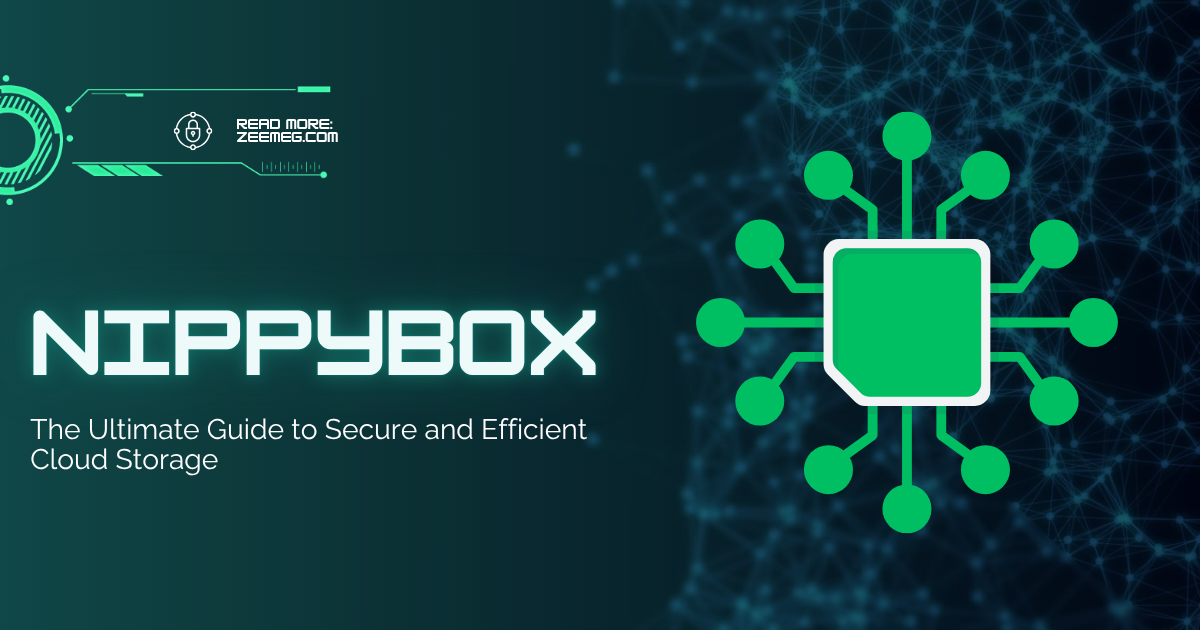In today’s competitive business landscape, understanding your clients’ health and satisfaction is crucial to driving growth, reducing churn, and maximizing revenue. The term get_ready_bell:client_pulse has emerged as a vital concept for customer success teams aiming to capture real-time insights into client relationships and proactively manage customer journeys. This in-depth guide will explore everything you need to know about get_ready_bell:client_pulse, from its definition and implementation to actionable strategies and best practices, ensuring you become a top resource on this topic.
Whether you are a customer success manager, a business leader, or a SaaS professional looking to optimize your client engagement, this article will provide you with practical insights and tools to leverage get_ready_bell:client_pulse effectively.
What Is get_ready_bell:client_pulse?
At its core, get_ready_bell:client_pulse refers to a dynamic measurement of client health, satisfaction, and engagement levels within a customer success framework. It is a pulse check on the client’s current experience, risks, and opportunities, typically represented on a scale ranging from highly satisfied to severe risk. This metric helps customer success teams monitor client relationships continuously and intervene proactively before issues escalate.
Why Is get_ready_bell:client_pulse Important?
- Early Risk Detection: Identifies clients at risk of churn or dissatisfaction early enough to take corrective action.
- Data-Driven Decisions: Provides actionable insights based on client feedback and behavioral data.
- Improved Retention: Helps retain customers by addressing pain points promptly.
- Revenue Growth: Enables upsell and cross-sell opportunities by understanding client needs better.
- Alignment Across Teams: Creates a shared language and understanding of customer health across sales, support, and product teams.
How Does get_ready_bell:client_pulse Work?
The Pulse Scale
Most organizations adopt a six-point pulse scale that ranges from “Extremely Satisfied” to “Severe Risk.” This scale is tailored internally to reflect company-specific customer health indicators. For example:
| Pulse Level | Description |
|---|---|
| Extremely Satisfied | Client is delighted and loyal |
| Satisfied | Client is happy with the service |
| Some Risk | Minor concerns detected |
| Moderate Risk | Noticeable issues present |
| High Risk | Client likely to churn |
| Severe Risk | Client at immediate risk |
Reason Codes
To add depth to the pulse metric, organizations use reason codes—specific tags that explain why a client’s pulse is set at a particular level. These codes cover categories such as product functionality, competitive threats, business viability, and support issues. For instance, a client marked as “Some Risk” might have reason codes like “Feature Gap” or “Delayed Support Response” attached.
Alerts and Notifications
Modern customer success platforms allow teams to configure alerts based on pulse changes. For example, if a client’s pulse drops to “Some Risk” or below, the assigned customer success manager (CSM) and executives receive notifications, enabling timely action.
Implementing an Effective get_ready_bell:client_pulse Strategy
Step 1: Define Your Pulse Scale and Guidelines
Collaborate with your customer success team to define what each pulse level means for your business. Establish clear, consistent criteria to ensure everyone evaluates client health uniformly. Consider including metrics such as product usage, support tickets, and customer feedback.
Step 2: Customize Reason Codes
Develop a balanced list of 40-60 reason codes that reflect your client’s journey and business context. Avoid overwhelming your team with too many codes, which can dilute insights. Align codes with departments like Sales, Product, and Support for holistic understanding2.
Step 3: Train Your Team
Educate your CSMs on how to assess and assign pulse values accurately. Provide FAQs and examples to clarify expectations. Regularly review pulse assignments in team meetings to maintain consistency.
Step 4: Set Up Alerts and Reporting
Configure alerts to notify relevant stakeholders when pulse values change or when no update occurs within a set timeframe (e.g., 21 days). Use pulse health reports to monitor portfolio health, segment by client type, revenue, or assigned CSM, and identify trends over time.
Step 5: Act on Insights
Use pulse data to drive proactive engagement. For clients flagged as “At Risk,” schedule check-ins, offer personalized support, or propose solutions. For “Extremely Satisfied” clients, explore upsell or advocacy opportunities.
Real-World Examples and Use Cases
SaaS Company Reduces Churn by 40%
A B2B SaaS company implemented a PULSE™ customer success framework, which integrates pulse scoring with proactive engagement. By aligning pulse metrics with revenue goals and customer lifecycle stages, they reduced churn by 40%, increased product adoption, and boosted upsell rates.
Marketing Agency Uses AI-Driven Client Pulse
Creative Circle’s 2024 Client Pulse Report highlights how AI integration in client pulse measurement helps marketing teams gain data-driven insights to optimize project success and client satisfaction.
Addressing Common Pain Points with get_ready_bell:client_pulse
Understanding customer pain points is essential to setting accurate pulse levels. These pain points typically fall into four categories:
- Financial Pain Points: Concerns about pricing and value.
- Productivity Pain Points: Issues with product usability or efficiency.
- Process Pain Points: Friction in customer interactions or workflows.
- Support Pain Points: Challenges in getting timely and effective help.
Using pulse data, customer success teams can identify which pain points are most prevalent and tailor their engagement strategies accordingly.
Leveraging Technology: Tools to Enhance get_ready_bell:client_pulse
Platforms like ClientSuccess and Pulse Insights offer advanced features to collect, analyze, and act on pulse data. Pulse Insights, for example, uses embedded microsurveys to capture customer feedback at key moments, providing 10X more actionable data than traditional surveys.
Best Practices for Maximizing the Impact of get_ready_bell:client_pulse
- Keep Pulse Updates Frequent: Regularly update pulse values to reflect current client sentiment.
- Balance Quantitative and Qualitative Data: Combine usage metrics with customer feedback for a full picture.
- Integrate with CRM and Support Tools: Ensure pulse data flows seamlessly across platforms.
- Use Pulse Data to Drive Cross-Functional Collaboration: Share insights with sales, product, and support teams.
- Continuously Refine Pulse Criteria: Adapt pulse definitions as your business and customer base evolve.
Conclusion
Mastering get_ready_bell:client_pulse empowers customer success teams to move from reactive problem-solving to proactive growth-driving strategies. By accurately measuring client health, understanding underlying reasons, and acting swiftly, businesses can enhance customer satisfaction, reduce churn, and increase revenue.
If you’re ready to transform your customer success approach, start by defining your pulse strategy today. What pulse level are your clients currently at? How can you use this insight to deepen relationships and unlock growth?
FAQs
Q: What is the difference between get_ready_bell:client_pulse and Net Promoter Score (NPS)?
Ans: Pulse measures ongoing client health and risk levels, often on a detailed scale with reason codes, while NPS gauges customer loyalty and likelihood to recommend your brand. Both complement each other in customer success.
Q: How often should I update my clients’ pulse scores?
Ans: Ideally, pulse scores should be reviewed and updated at least every 2-3 weeks or after significant client interactions to maintain accuracy and relevance.
Q: Can I customize the pulse scale and reason codes?
Ans: Yes, customization is critical. Tailor the pulse scale and reason codes to fit your company’s terminology, customer journey, and business objectives.
Q: How do alerts help in managing client pulse?
Ans: Alerts notify your team about changes or stagnation in pulse scores, enabling timely follow-ups and preventing surprises like unexpected churn.
Q: What role does technology play in managing get_ready_bell:client_pulse?
Ans: Technology platforms automate pulse tracking, provide analytics, and integrate with other business tools to streamline customer success workflows and enhance data-driven decision-making.
Q: How can get_ready_bell:client_pulse improve upsell and cross-sell opportunities?
Ans: By identifying satisfied clients and understanding their needs through reason codes, teams can target upsell and cross-sell offers more effectively, increasing revenue.
Q: Is get_ready_bell:client_pulse applicable only to SaaS companies?
Ans: No, while popular in SaaS, pulse frameworks can be adapted for any industry focused on customer success and retention, including marketing agencies, retail, and professional services.
Read More: EducationBeing com | This Blog Will Show You About the New Digital Technology in Thailand | Fashionisk .com | MyLawyer360



